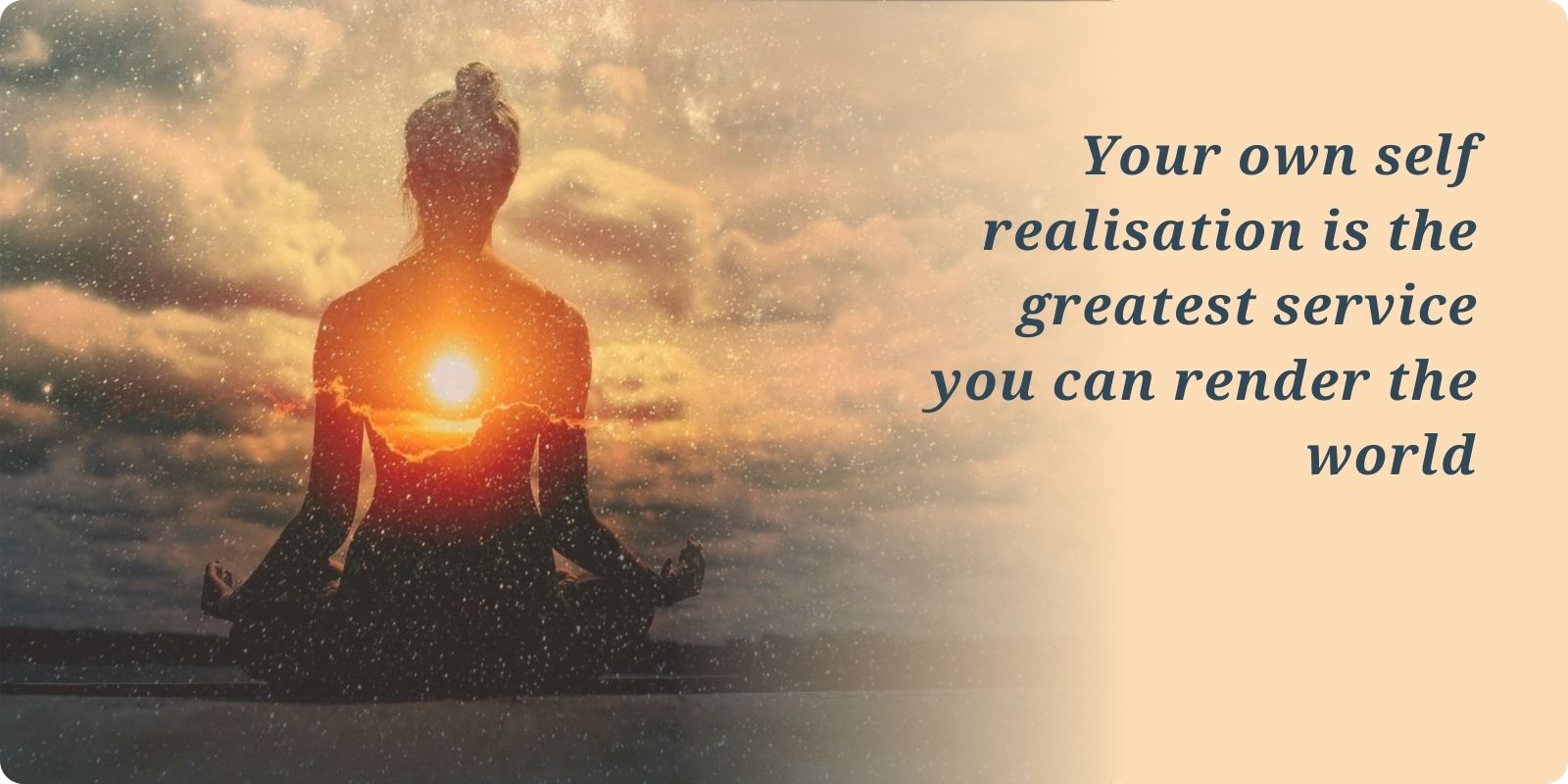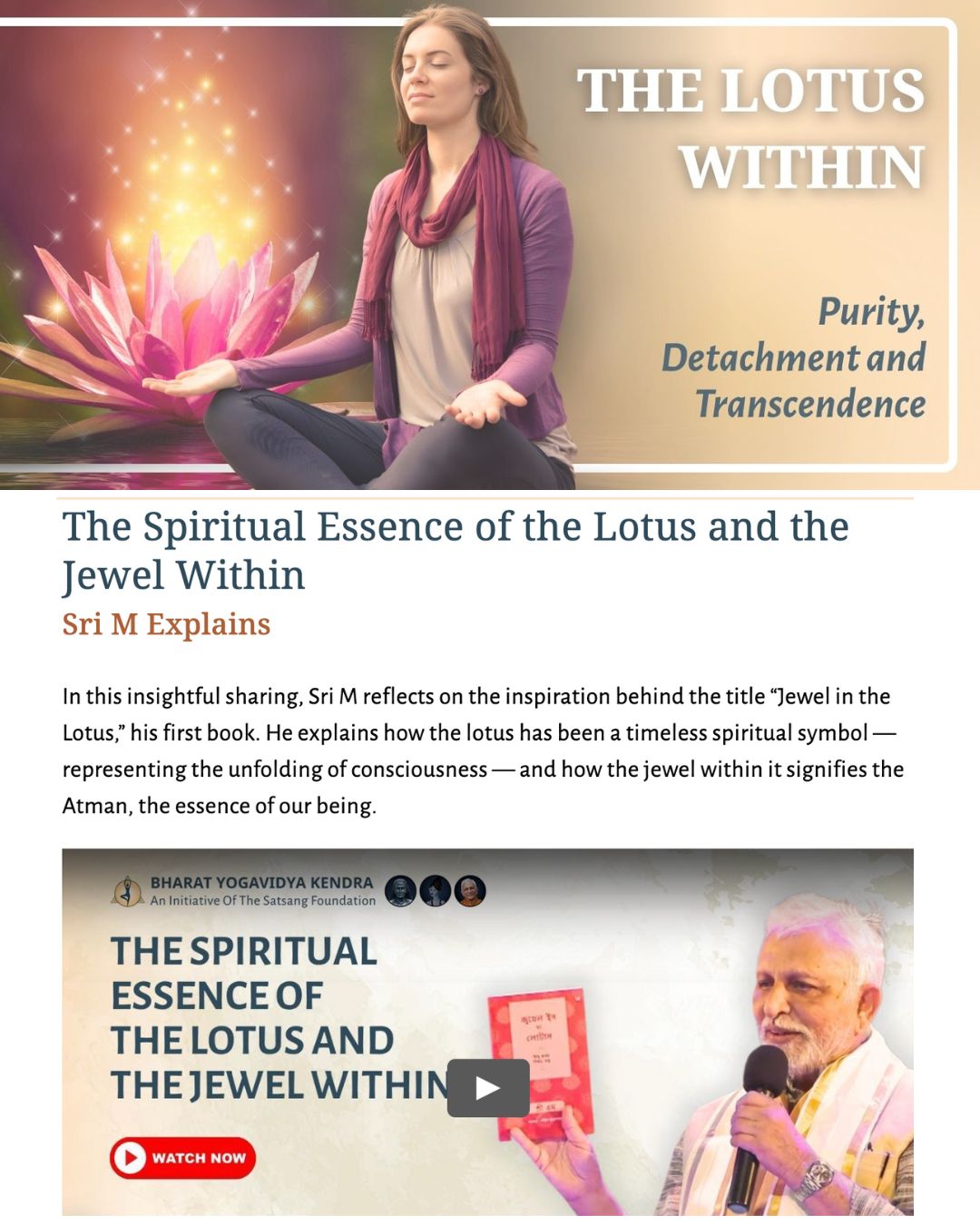Inquiry • Awareness • Liberation
Inquiry begins with an honest question. Ramana Maharshi assures us: “The mind turned inwards is the Self; turned outwards, it becomes the ego and the world.”
When we gather the torrents of attention and let them rest at their source, awareness blossoms as its own light. Yet, as Sri M reminds us, stillness must breathe as kindness: “If meditation and sādhanā do not bring about compassion, your practice is wasted.”
Thus, the path outlined by this month’s theme—Inquiry, Awareness, Liberation—is not a ladder but a living spiral. Inquiry drills beneath concepts; awareness widens into unshakable clarity; clarity ripens into spontaneous service. Liberation is tasted each time these three tune our thoughts, words, and actions to the pulse of the heart.
This issue of Yogavidya explores the nuances of that spiral: dialogues from the Yoga Sangha course on self-enquiry, our 10 day video series on Pancha Koshas, and practical guides that translate insight into daily conduct. May every page nudge us to turn inward, stay awake, and move outward as gentle strength.
Read slowly, question deeply, and live the answers generously. When inquiry leads to awareness—and awareness flowers as compassion—liberation is no longer a distant peak; it is the quiet fragrance of the moment now.
Hari Om
Realising Who Am I Through Experience
Sri M Explains
In this insightful video, Sri M delves into knowing who we really are.
Talk with M
BLOG POST
Inquiry, Awareness, Liberation : The Path of Self Realisation
In Chapter 18 after declaring the entire Gita to Arjuna the Lord gives him complete freedom ‘You now act as you choose’
This is remarkable – an enlightened teacher never imposes any teaching on a worthy disciple. Each one must reach the Lord by his own free choice. There is no compulsion. Having placed all the facts and figures in front of him, Lord Krishna asks Arjuna to make his own independent decision.
Knowledge can be imparted but Wisdom is to be found by the individual himself. This Wisdom leads to awareness and helps in the journey towards the ultimate Truth.
BOOK REVIEW
The Secret of Brain Wellness: Way Forward to a Healthy Life
By Dr N K Venkataramana
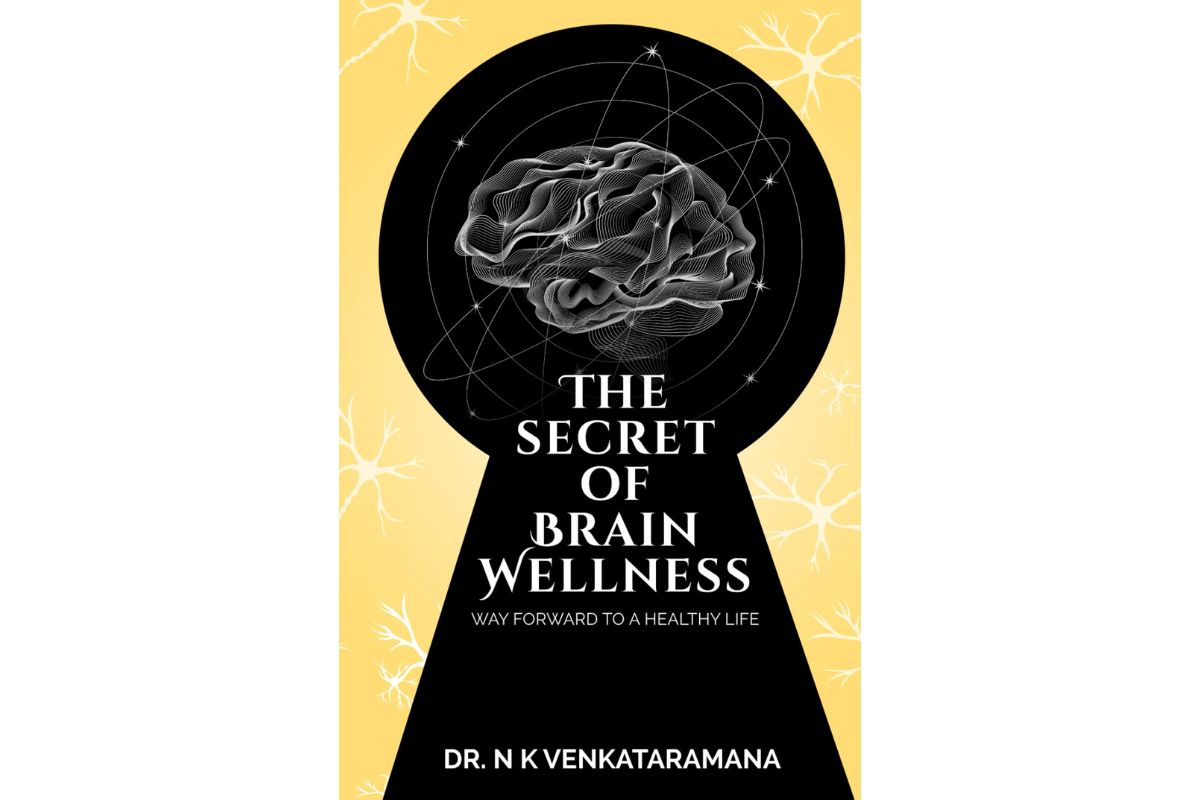
Just like most of us, I also have always been fascinated about the human brain. This fascination became stronger and more intriguing as I kept exploring the field of Yoga.
Whether one is in the path of Yoga or not, it is impossible not to pause and wonder about this powerful instrument called “Brain”, its immense ability to function seamlessly during simple to the most complicated situations day after day till one fine day when it’s time to rest for good.
I am so glad that I got to read this book. With decades of experience as a neurosurgeon, Dr. Venkataramana has presented this subject so beautifully. He explains in simple terms – the functioning of the Brain, its connectivity with the body, the role of illness prevention, overall wellbeing.
He has laid out the important aspects of human anatomy with reference to the Brain functioning in easy and understandable ways. He has listed out practical techniques which one can apply to improve brain wellness. He also very beautifully touches upon the concept of mind, how it is related to the Brain. The unique take away of this book is how he has presented the esoteric concepts of Spirituality like Consciousness, role of collective consciousness, interdependency of individual wellness and world peace at large. A must read for all. This will definitely make one pause, reflect and get inspired to move towards what the ancients referred as “Practical Spirituality”. This not only helps brain wellness but an overall fulfilling life indirectly leading to a peaceful and happy planet to live on!
YOGA GUIDE
Stillness in Motion
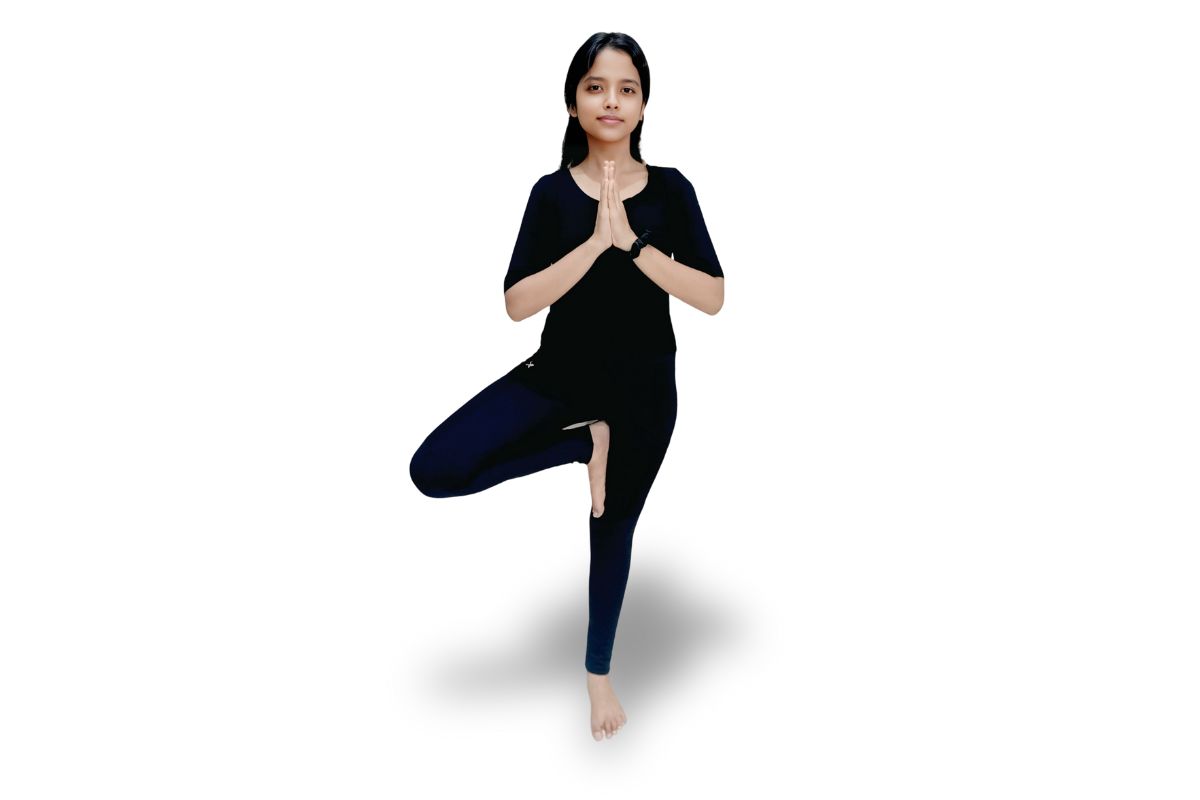
Who are you – beyond your roles, your thoughts, your breath?
This question opens the path of self-inquiry, the essence of yogic realization. Maharishi Patanjali offers two inner attitudes to support this journey: Aishwarya Bhava (the recognition of your innate power and divinity), and Jnana Bhava (the clarity that comes from true knowledge). These aren’t just lofty ideals, they’re alive in your practice.
Take Vrikshasana (Tree Pose), as you root one foot down and rise tall, ask yourself – Who is balancing? Who is witnessing the sway? In that moment, you meet Jnana Bhava – awareness without judgment. Feel the strength in your standing leg, the subtle tremors as you steady. That’s Aishwarya Bhava – your inner stability revealing itself. As you hold this practice, soften your gaze, bring awareness to your breath, and silently ask, Am I the doer, or the witness? Notice how the pose shifts when the mind is quiet.
Self-realization doesn’t require retreating from life, it begins right here, in your body, in your breath. On the mat, each pose becomes a question, each moment an invitation to remember who you truly are. Yoga is not becoming more, it’s being more aware of what you’ve always been.
Community column
Vivekananda On Food
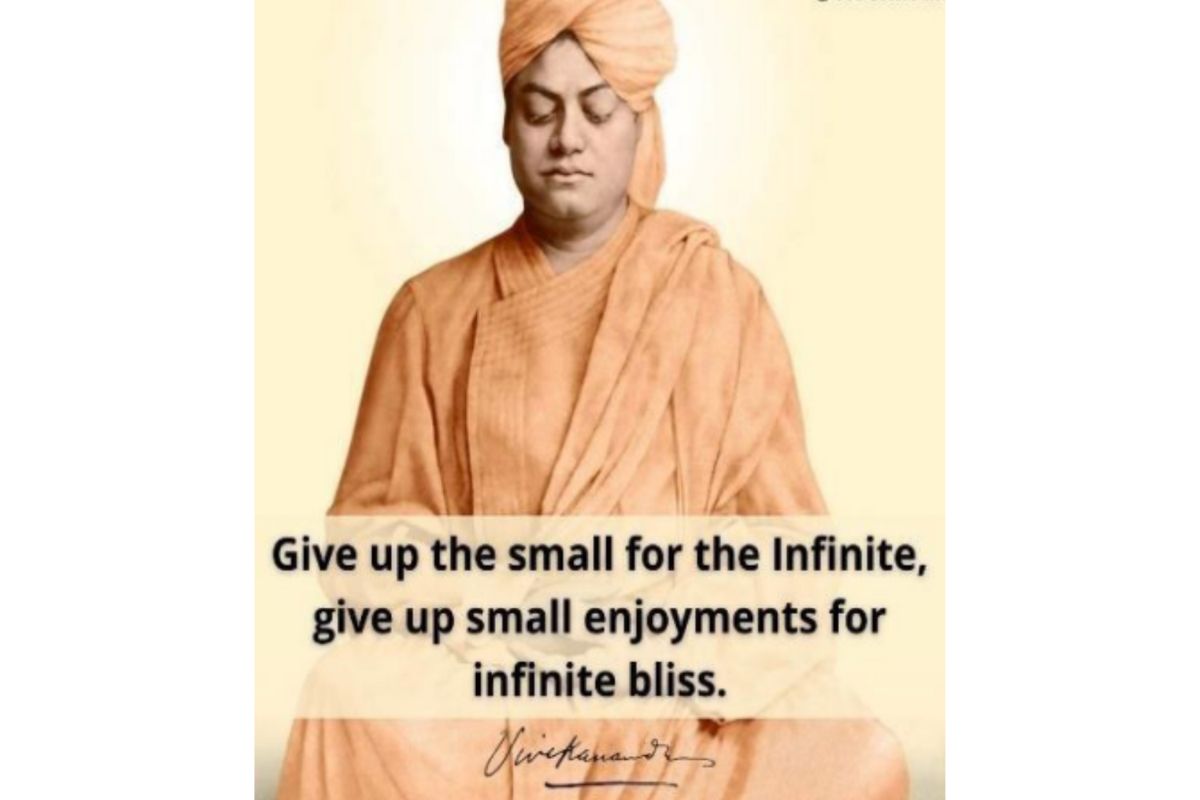
Certain regulations as to food are necessary; we must use that food which brings the purest mind. If you go into a menagerie you will find this demonstrated at once. You see the elephants, huge animals, but calm and gentle; and if you go toward the cages of the lions and tigers you will find them restless, showing how much difference has been produced by food.
All the forces that are working in this body have been produced out of food; we see that every day. If you begin to fast, first your body will get weak, the physical force will suffer; then, after a few days, the mental force will suffer also. First, memory will fail. Then comes a point, when you are not able to think, much less to pursue any course of reasoning. We have, therefore, to take care what sort of food we eat at the beginning, and when we have got strength enough, when our practice is well advanced, we need not be so careful in this respect.
While the plant is growing it must be hedged round, lest it be injured; but when it becomes a tree the hedges are taken away; it is strong enough to withstand all assaults.
A Yogi must avoid the two extremes of luxury and austerity. He must not fast, or torture his flesh; he who does so, says the Gita, cannot be a Yogi; he who keeps awake; he who sleeps much; he who works too much; he who does no work; none of these can be Yogis.
YOGA RESOURCE
Who Am I?
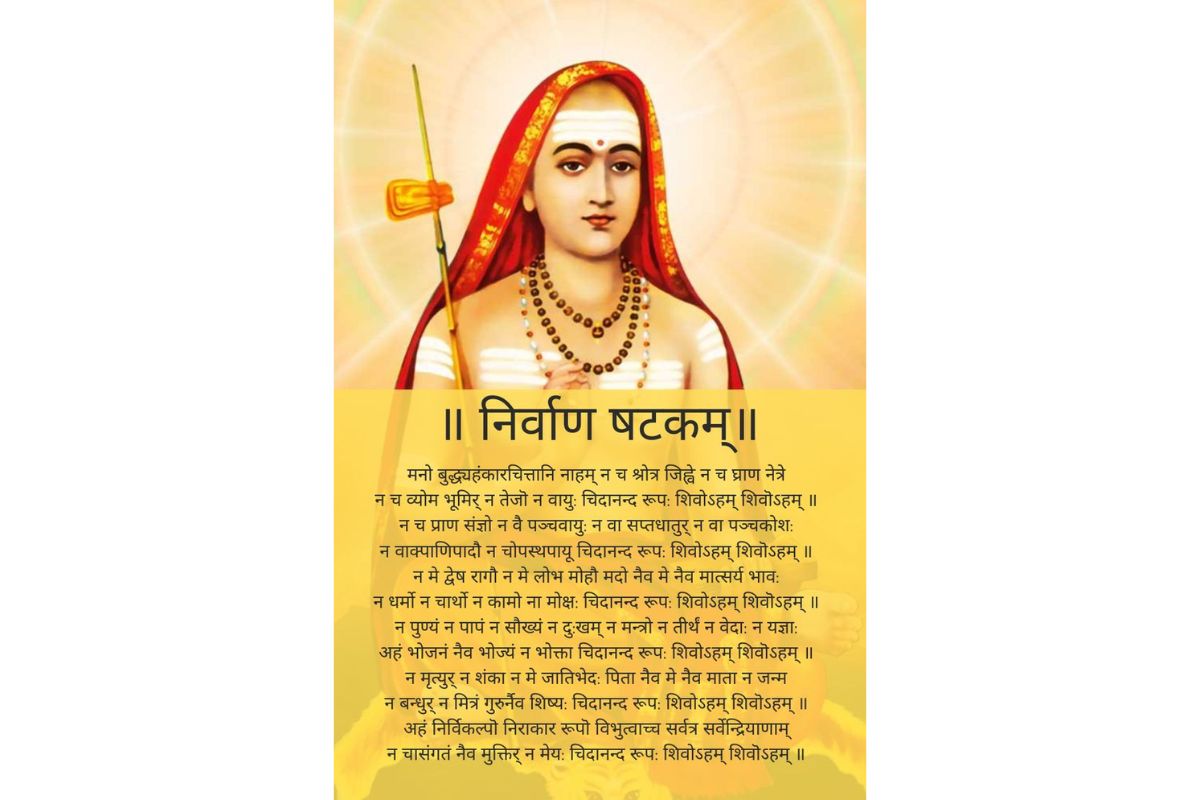
Self-Inquiry or Self-Study. What does it mean to Inquire into the Self or Svadhyaya?
Sri Adi Shankaracahrya enquired ”Who Am I” in his Nirvana Shatakam the six-verse about the ”formless”. The first verse enquires about ”Mind & Sense” , the second verse enquires about ”Body components” false identification of self, five different pranas, seven different elements, five layers, five external organs, the third verse enquires about different ”Emotions”, the fourth verse enquires about the “Experiences”, the fifth verse enquires about the ”Relations” and in the sixth verse we have the answer for all the five verse or the enquiries. Nirvana Shatakam is a gateway to self-inquiry and enlightenment. It is a fundamental hymn in Advaita Vedanta philosophy, guiding seekers towards realizing their true identity beyond the material world.
If we take a look at one of the great Saints of our time, Ramana Maharishi, we get an example and a description of an experience of deep inquiry, however, can his experience and “method” of inquiry be applied just like that? By asking, Who Am I, can we suddenly know who we truly are?
Great Rishis of the past, writers of the Upanishads and other texts, and many teachers have told us that we are not the body, nor the intellect, that we are Brahman, the underlying reality to this existence, That which cannot be defined using any faculties of the human body. But can we only claim that suddenly? We have to start from where we are. That is where the Yogic Sciences comes in, which is aimed to help everyone come closer to that, so that each and everyone of us can realize that for ourselves.
There can be many steps to go through in order to find out the Truth behind these statements, and we have to begin somewhere.
One thing is to look at our mind. Is it ever quiet? When we have moments where it is quiet, we may have glimpses of this fact, that we are not the body, nor these thoughts that usually run through our awareness. We are a witness to it. And that may even be accompanied with a very pleasant feeling.
Prompt: Sit down for some time and see, how agitated is the mind, observe it. If it is agitated, do you have to believe and follow the thoughts, giving life to them, or can you just watch them like clouds passing by?
There are various ways to quieten the mind, to make ourselves peaceful and still within. Patanjali for example, through the Yoga Sutras, gave us the Yamas and Niyamas, that helps us through application in our daily life, make our life more and more peaceful, where we slowly find ourselves more and more content. When we feel content, we do not necessarily desire something, because desiring something makes our mind very active, because the mind is used in achieving or accomplisihing this desire. It will think of ways to go about it, it will worry about not getting it and so on.
Prompt: Observe yourself in daily life, are you finding yourself agitated and reactive to the outer world very often? Take these as cues for reflection and contemplation, ask yourself why you may be reacting to this or the other. And do you have to?
So Patanjali says, Yogas Chitti Vritti Nirodha, Yoga is the cessation, or stilling, of the modifications of the mind. When we come to that still point when we sit down for meditation, more and more we may see that there is a pure awareness, a witness, that “sees” both body and thoughts, and one may also see with time, that it is devoid of body and mind.
Sri M mentions in this video, what belongs to us, such as the body or the mind, can that ever be ourselves? If the body is an accumulation over time, that changes, how can I suddenly identify with it? And the mind, which concocts thoughts depending on our past experiences, our preferences and aversions, which is accumulated over time, and is up for change, how can that be our real Self? These questions are very helpful to reflect upon and look at. That I who asks these questions, what is that I, what is left when there are no more questions and merely sit?
TESTIMONIALS OF TRANSFORMATION
ONLINE TTC
Sep to Dec 2024
I had wanted to take a TTC (Teacher Training Course) for ten years, but my work schedule always got in the way. When I discovered that BYK was offering a fully online TTC-1 program, I was thrilled and immediately signed up. From the moment the course began, I felt like the days should never end—learning was so engaging and enjoyable.
By the time the course finished, I had built a strong foundation in Ashtanga Yoga and couldn’t wait to try out everything I’d learned. I was also initiated into Kriya practice; after completing TTC-1, practicing Kriya felt even more meaningful because I understood its roots and purpose.
The teaching throughout the program was outstanding. The instructors were deeply committed and always willing to go the extra mile to help, even with the smallest questions. Before TTC-1, I struggled with various health issues, but now I rarely get sick. My body feels much more energetic, and my overall concentration has improved significantly.
Thanks to the course, I’m now familiar with classical Hatha Yoga texts like the Hatha Yoga Pradipika and Gheranda Samhita. I’ve also connected with many like-minded people who share my interest in the spiritual path, which has enriched my journey even further. The best part is that I can still reach out to my TTC-1 teachers whenever I have doubts—learning has not stopped just because the course is over.
I’m already looking forward to enrolling in TTC-2 with BYK sometime soon.
by Deepak T
SPOTLIGHT OF THE MONTH
Pancha Kosha: A Yogic Journey Through the Five Sheaths
Many may have come across the term Pancha Kosha—the five sheaths of human existence—yet few have explored its depth as a lived experience. Drawn from the Taittirīya Upaniṣad, this ancient framework views the individual not as one static entity, but as layered in five interdependent dimensions—each a doorway to deeper integration.
The journey begins with the Annamaya Kosha, the sheath of food—the physical body. From here, we move inward:
1. Annamaya Kosha – the gross body, composed of the food we eat; the foundation for all practice.
2. Prāṇamaya Kosha – the vital body, made of breath and subtle life force.
3. Manomaya Kosha – the mental sheath, where thoughts, emotions, and impressions reside.
4. Vijñānamaya Kosha – the sheath of wisdom and discernment; the seat of deeper knowing.
5. Ānandamaya Kosha – the sheath of bliss; the innermost, where peace is not sought, but simply known.
To mark International Yoga Day, Bharat Yoga Vidya Kendra presents a 10-part YouTube series, beginning on 11th June. Each kosha will be explored over two consecutive practice videos—moving progressively from the outermost to the innermost layer.
These are not short glimpses but 45-minute guided sessions, crafted to help the sincere practitioner experience the koshas as real, embodied dimensions—not merely concepts. The practices draw from traditional hatha yoga, prāṇāyāma, mantra, and meditative inquiry.
On the 11th day, 21st June, the series culminates in a full day of live sessions—an open invitation to come together in practice, reflection, and celebration.
This offering is our humble contribution to the larger yoga community: a return to the essence of yoga as an inward journey. We invite all practitioners—new and seasoned—to join us in this unfolding.
Ayurvedic Wisdom
The Healing Power of Inquiry
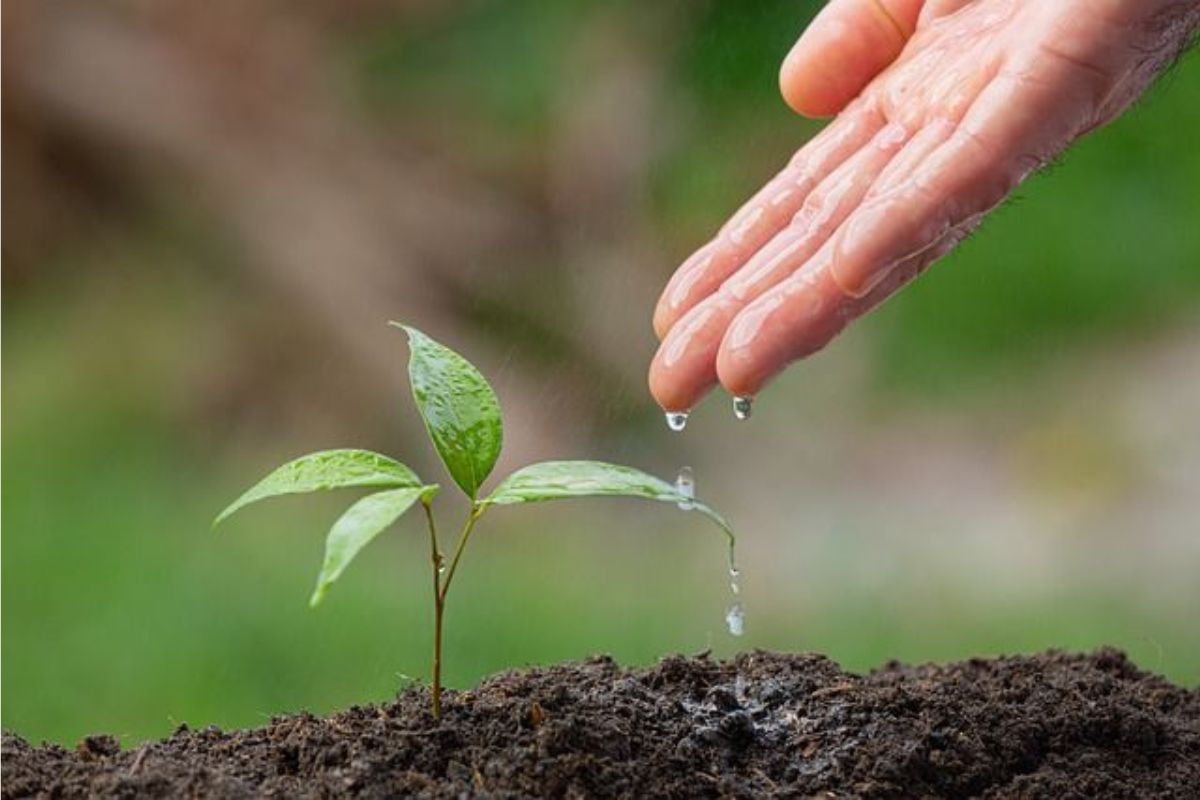
In Ayurveda, inquiry isn’t just about asking questions – it’s about deep listening. Listening to your body, your thoughts, your patterns, and the silent whispers beneath discomfort or imbalance. It begins with curiosity;
What am I made of? What throws me off? What brings me back to center?
This exploration starts with understanding your prakriti, your unique mix of Vata, Pitta, and Kapha and how life’s seasons, foods, thoughts, and routines affect this inner ecology. That’s the first layer – self-awareness through the body. When imbalance arises, inquiry becomes a tool for healing. Why am I holding tension here? What am I not digesting – literally or
metaphorically?
As we inquire, awareness expands. We start seeing the dance of the three gunas – Sattva (clarity), Rajas (activity), and Tamas (inertia) shaping our moods, choices, and energy. We realise that our health is not just a state, but a relationship with ourselves, nature, and the universe. Ayurveda reminds us that the ultimate goal is liberation – freedom from suffering, confusion, and disconnection. Through persistent inquiry;
“What is eternal? What is not?” we move toward clarity, alignment, and deep inner peace.
So next time you pause on your mat or sit in stillness, ask gently – What am I here to understand today?
Dr. Shubha & Radhika
Upcoming Courses & Retreats
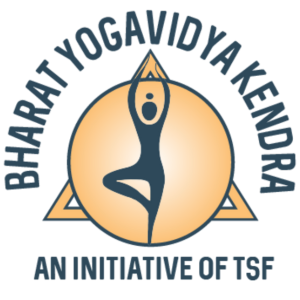
Thank you for reading

